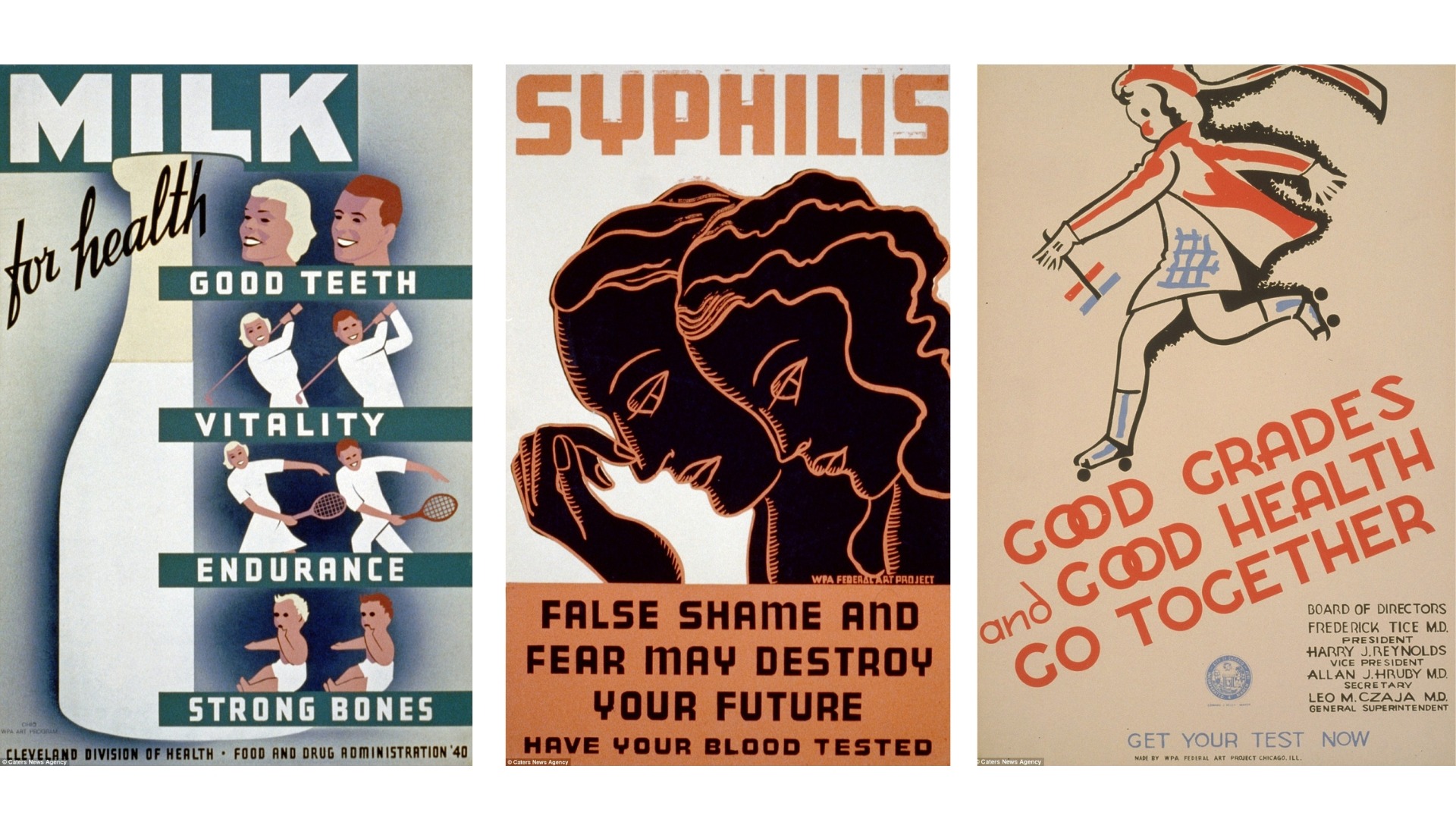The relationship between food brands and influencers has become a defining feature of modern marketing strategies. It has played a transformative role in the way food brands have communicated with consumers through establishing credibility, tapping into culture and trends, and reaching new audiences. However, as consumer awareness around food, health and wellness deepens especially in areas like ultra processed foods (UPFs), gut health, and mindful eating – audiences are becoming more selective about who they listen to and why. At SAY, we have been examining the way these partnerships have been evolving, what makes them work, why some fall short, and how brands can stand out in a space that’s more saturated and more scrutinised than ever.
How brands are using influencers
Influencers once offered a fast-track to the trust of consumers, most especially in the food and wellness space. However now, consumers aren’t just looking for a recipe for inspiration, they’re looking for people they trust to guide their decisions around what they eat, where they shop, and how they feel.
What we’re seeing now is a shift from one-off endorsements to deeper, more values-driven collaborations. The conversation is focusing on long-term health, sustainability, and transparency. Food brands are no longer just selling products; they’re selling values and who they choose to partner with should reflect just that.
What makes an influencer partnership effective?
1. Authenticity and alignment
Consumers are increasingly aware about what feels “real” versus what feels scripted. When influencer content reflects their usual tone, values, and lifestyle, it resonates more strongly with their audience.
An example of this would be Flora’s recent partnership with celebrity chef Gordon Ramsay for their ‘Skip the Cow’ campaign promoting their free-from dairy spreads. This was a bold collaboration given Ramsay’s previously well-known criticism of vegan food, but he said he was “blown away” by Flora’s products. The short advert and social media assets have seamlessly captured Ramsay’s wit and sarcastic humour and paired it with Flora’s bold tone of voice, making it a catchy and thus well-received influencer campaign.
2. Expertise and credibility
As awareness around nutrition and food processing grows, expertise is becoming just as valuable as aesthetics. Audiences are turning toward qualified voices who bring a level of professional knowledge, such as registered dieticians or fitness professionals who can offer evidence-based guidance.
M&S’s ongoing partnership with nutritionist Emily English is a strong example. Her content focuses on promoting balanced eating through practical, approachable content, whilst emphasising her background in nutrition. This helped M&S build a deeper sense of trust with their consumers around the ingredients they sell in a space where credibility matters now more than ever.
Similarly, SPAR’s campaign with Graeme Tomlinson otherwise known as “The Fitness Chef” offered clear, no-nonsense nutritional advice tied to affordable and accessible ingredients reflecting the convenience store brand’s commitment to making healthier choices easier for everyday shoppers.
3. Substance over style
As the influencer market becomes more saturated, audiences are gravitating toward substance over style. Influencer-led campaigns that prioritise education, storytelling, and consistency tend to have a more lasting impact than one-off campaigns built for virality. Long-term partnerships are proving to be more effective at shifting perceptions and building loyalty especially when influencers are becoming recognised faces within the broader narrative of the brand.
The challenges of standing out in a saturated space
With the rise of social media and the boom in influencer marketing, there has been an increase in people promoting food and recipes online, making it increasingly difficult to stand out. Consumers are becoming increasingly cautious, particularly when it comes to health claims. As debates around UPFs, gut health, and clean eating continue to dominate the conversation, there is a growing pressure on brands to be transparent, evidence-based, and socially responsible in their marketing. Therefore, choosing the right influencer is not only a creative decision, but a strategic one too.
The influencer model isn’t broken, but to continue to deliver for food brands, it must keep evolving. The most effective partnerships are those that combine authenticity, relevance, and trust. At SAY, we craft healthcare campaigns that help food and wellness brands navigate the complexity of this space ensuring that your message cuts through the noise.
Find out more about how SAY can support your organisation with food and nutrition PR.
Need a helping hand to overcome your communications challenges? Why not contact SAY for a free advice session?

